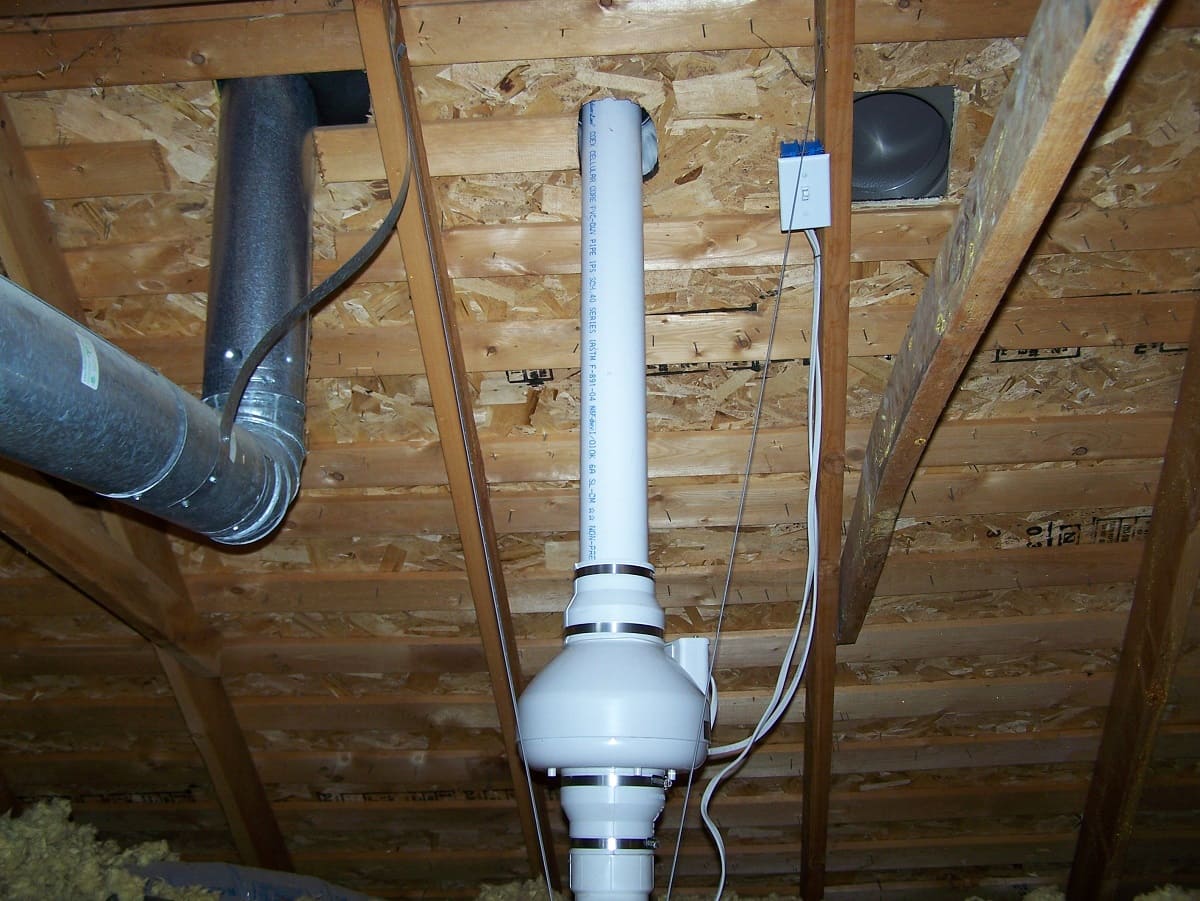

Articles
How To Remove Radon From Basement
Modified: January 5, 2024
Learn effective methods to remove radon from your basement with these informative articles. Protect your family's health and create a safe living environment.
(Many of the links in this article redirect to a specific reviewed product. Your purchase of these products through affiliate links helps to generate commission for Storables.com, at no extra cost. Learn more)
Introduction
Welcome to this comprehensive guide on how to remove radon from your basement. Radon is a colorless and odorless gas that can pose serious health risks if it accumulates in indoor spaces. It is a naturally occurring radioactive gas that is released from the decay of uranium present in soil, rocks, and water. Radon is a known carcinogen, and prolonged exposure to high levels of radon gas can significantly increase the risk of lung cancer.
Basements are particularly susceptible to radon gas as they are often in direct contact with the ground. As radon seeps through the soil, it can easily enter your basement through cracks in the foundation, gaps around pipes, or other openings.
In this guide, we will provide you with a comprehensive overview of radon and its health risks. We will also discuss the importance of radon testing to determine if your basement has elevated radon levels. Furthermore, we will explore various options for radon mitigation in basements, including sub-slab depressurization, drain-tile depressurization, sealing cracks, installing radon ventilation fans, and implementing radon mitigation systems.
Removing radon from your basement requires proper planning, installation, and maintenance. We will walk you through the step-by-step process of removing radon, from preparing for mitigation to installing radon mitigation systems. Additionally, we will discuss the importance of testing and monitoring radon levels after mitigation to ensure that the reduction methods are effective.
It is essential to prioritize the safety and well-being of your family by mitigating radon levels in your basement. By following the steps outlined in this guide, you will gain valuable knowledge and insights into removing radon from your basement, making your home a healthier and safer environment for everyone.
Key Takeaways:
- Protect your family by testing for radon in your basement. If levels are elevated, consider mitigation methods such as sub-slab depressurization and sealing cracks to create a safer living environment.
- Removing radon from your basement involves thorough preparation, professional installation of mitigation systems, and ongoing testing and maintenance to ensure long-term effectiveness in safeguarding your family’s health.
Read more: What Is Radon In Basement
Understanding Radon
Radon is a radioactive gas that forms naturally from the breakdown of uranium in soil, rocks, and water. It is invisible, odorless, and tasteless, making it impossible to detect without specific testing. Radon can enter your home through cracks in the foundation, gaps around pipes, or other openings, and can accumulate in indoor spaces, particularly in basements.
What is Radon?
Radon is a noble gas, meaning it does not easily react with other elements. As a result, it can remain in the air for extended periods, increasing the risk of inhalation. When radon gas decays, it releases radioactive particles called radon daughters or radon progeny. These particles can attach to dust and other airborne particles, which can be inhaled into the lungs.
Health Risks Associated with Radon Exposure
Exposure to high levels of radon is a significant health concern. Radon is the second leading cause of lung cancer, after smoking, and is responsible for thousands of deaths each year. The radioactive particles emitted by radon can damage the cells lining the lungs and increase the risk of developing lung cancer over time.
Radon-related lung cancer typically develops after many years of exposure. The risk of developing lung cancer from radon exposure depends on many factors, including the level of radon, the duration of exposure, and whether an individual smokes or has a history of smoking. Non-smokers can also develop radon-induced lung cancer if exposed to high levels of radon for an extended period.
Sources of Radon in Basements
Basements are particularly susceptible to radon gas due to their proximity to the ground. Radon can enter your basement through various pathways, including:
- Cracks or gaps in the foundation walls, floors, or around utility penetrations
- Construction joints or gaps in the concrete
- Gaps around pipes and drains
- Cavities inside the walls or floors
Radon can also dissolve in groundwater and be released into the air when you use water containing radon. Therefore, private well water can be a potential source of radon in basements if not properly treated.
Understanding the sources of radon in your basement is critical in developing effective mitigation strategies and ensuring the safety of your home and family.
Testing for Radon
When it comes to radon gas, testing is the key to understanding the levels of radon in your basement. Radon testing is crucial for determining if your home has elevated radon levels and whether mitigation measures are necessary. In this section, we will explore the importance of radon testing, the different testing methods available, and how to interpret radon test results.
Importance of Radon Testing
Radon is a widespread issue, and its presence can vary significantly from one location to another. Even homes in areas with low average radon levels can still have elevated levels due to various factors such as geological conditions, construction materials, and ventilation systems. Therefore, it is essential to conduct radon testing to understand the radon levels specific to your home.
Radon testing provides valuable information about the health risks associated with radon exposure. If radon levels in your basement are found to be elevated, appropriate steps can be taken to mitigate the gas and reduce the risk to you and your family.
Different Testing Methods
There are several ways to test for radon in your basement, each with its advantages and limitations:
- Short-Term Testing: Short-term tests typically last between 2 to 7 days and provide a snapshot of the radon levels in your basement during that period. This method is relatively quick and can give you an initial idea of the radon levels. Charcoal canisters, electret ion chambers, and continuous radon monitors are commonly used for short-term testing.
- Long-Term Testing: Long-term tests are conducted for a minimum of 90 days and provide a more accurate assessment of the average radon levels in your basement over an extended period. Alpha track detectors, charcoal canisters, and digital radon monitors are commonly used for long-term testing.
- Continuous Radon Monitoring: Continuous radon monitors are electronic devices that measure radon levels continuously, providing detailed data over time. These monitors are highly accurate and can capture fluctuations in radon levels due to changes in weather or ventilation. They are the preferred method for real estate transactions and if immediate results are required.
Interpreting Radon Test Results
Radon test results are typically reported in picocuries per liter (pCi/L). The Environmental Protection Agency (EPA) has set the action level for radon in homes at 4 pCi/L. If your radon test results exceed this level, it is recommended to take corrective action to reduce the radon levels in your basement.
If your test results are between 2-4 pCi/L, it is still advisable to consider radon mitigation measures, as any level of radon poses some risk. Lowering radon levels as much as possible is the optimal goal for a safe and healthy living environment.
It is important to follow the specific instructions included with the radon test kit to ensure accurate results. Once you have obtained your radon test results, you can make informed decisions regarding radon mitigation strategies to safeguard your home and protect your loved ones.
Seal any cracks or openings in the basement floor and walls to prevent radon from entering. Use a professional radon mitigation system to effectively remove radon from the basement.
Options for Radon Mitigation in Basements
If you have discovered elevated radon levels in your basement, it is crucial to take immediate action to mitigate the radon gas. There are several effective methods available for radon mitigation in basements. In this section, we will discuss some of the most common options for radon removal:
1. Sub-slab Depressurization:
This method is the most common and effective approach for mitigating radon in basements. It involves creating a suction point or multiple suction points under the basement floor to draw radon gas from the soil and prevent it from entering the living space. A radon mitigation system, including a fan and piping, is installed to create a negative pressure zone and vent the radon gas safely outside the home.
2. Drain-tile Depressurization:
If your basement has a drain-tile system, this method can be used to remove radon. The drain-tile system, typically installed around the foundation, can be connected to a radon mitigation system. This allows the system to draw radon gas from the drain-tile system and exhaust it safely away from the home.
3. Sealing Cracks and Openings:
Another approach to radon mitigation is to seal cracks, gaps, and other openings in the basement floor and walls. This helps to prevent radon from seeping into the living space. Common areas to seal include floor-wall joints, construction joints, and pipe penetrations. Sealing alone may not completely eliminate radon, but it can be combined with other mitigation methods for better results.
4. Radon Ventilation Fans:
A radon ventilation fan, also known as an exhaust fan, can be installed in the basement to create continuous ventilation. The fan draws in fresh air from outside and expels it into the basement, effectively diluting radon levels. This method is typically used in conjunction with sealing cracks and openings to enhance effectiveness.
5. Radon Mitigation Systems:
A comprehensive radon mitigation system combines multiple techniques to effectively reduce radon levels in the basement. This may include sub-slab depressurization, sealing cracks and openings, installing a radon ventilation fan, and other customized approaches based on the specific requirements of your home. A professional radon mitigation contractor can assess your basement, design a tailored solution, and install the necessary components.
It is important to note that the choice of radon mitigation method depends on various factors such as the construction of your home, the geology of the area, and the radon levels detected. Consulting with a qualified radon mitigation professional will ensure that the appropriate mitigation strategy is implemented to effectively remove radon and protect the health of your household.
Steps to Remove Radon from Basements
If you have identified elevated radon levels in your basement, it is crucial to take prompt action to remove the radon gas and ensure a safe living environment. Removing radon from basements involves several key steps. In this section, we will outline the process of removing radon from basements:
1. Preparing for Mitigation:
Before starting the radon mitigation process, it is essential to take some preparatory steps. Begin by sealing any visible cracks, gaps, or openings in the basement floor and walls using specialized sealants. This helps to minimize radon entry points and improve the effectiveness of the mitigation system.
2. Installing Radon Mitigation Systems:
The installation of a radon mitigation system is crucial for effectively reducing radon levels in basements. The specific installation process will depend on the chosen mitigation method (e.g., sub-slab depressurization). A qualified radon mitigation contractor will design and install the system, which typically includes a suction point or points, PVC piping, and a radon fan to create negative pressure and exhaust the radon gas safely outside the home.
3. Testing and Monitoring:
After the installation of the radon mitigation system, it is important to conduct post-mitigation testing to ensure that the radon levels have been successfully reduced. Radon testing should be performed using the same method and duration as the initial pre-mitigation test. This will provide valuable confirmation that the mitigation system is effectively removing radon from the basement.
Ongoing radon monitoring is also recommended to track radon levels over time. This can be done using continuous radon monitors or periodic radon testing. Regular monitoring helps to ensure that radon levels remain low and that the mitigation system is functioning correctly.
4. Maintenance and Follow-up:
Radon mitigation systems require regular maintenance to ensure optimal performance. It is important to follow the maintenance guidelines provided by the radon mitigation contractor. This may involve periodic inspections, fan maintenance, and replacing worn-out components as necessary. Regular maintenance helps to ensure the continued effectiveness of the mitigation system in removing radon from the basement.
Frequent follow-up testing is also recommended to ensure that radon levels remain within safe limits. The frequency of follow-up testing will depend on various factors, including the initial radon levels, local regulations, and any changes made to the home (e.g., renovations or changes in ventilation).
By following these steps and working with a qualified radon mitigation professional, you can effectively remove radon from your basement and create a safer and healthier environment for you and your family.
Read more: What Is A Safe Radon Level In A Basement
Conclusion
Radon gas is a serious health concern that can accumulate in basements and pose a significant risk to your well-being. Understanding radon and its associated health risks is the first step in creating a safer living environment. Radon testing is essential for identifying elevated levels and determining the need for mitigation.
There are various options available for radon mitigation in basements, including sub-slab depressurization, drain-tile depressurization, sealing cracks and openings, using radon ventilation fans, and implementing comprehensive radon mitigation systems. Choosing the most suitable method depends on factors such as the construction of your home, the radon levels detected, and the guidance of a professional radon mitigation contractor.
The process of removing radon from basements involves thorough preparation, including sealing cracks and openings. The installation of a radon mitigation system by a qualified professional is crucial in effectively reducing radon levels. Post-mitigation testing and ongoing monitoring ensure that radon levels remain within safe limits, and regular maintenance of the mitigation system is essential for its optimal performance.
By taking the necessary steps to remove radon from your basement, you are creating a healthier and safer living environment for yourself and your loved ones. Remember that radon mitigation is an ongoing process, and regular testing and monitoring are essential to ensure long-term effectiveness. Stay proactive in maintaining a radon-free home to minimize health risks and safeguard the well-being of your family.
If you have concerns about radon in your basement, it is highly recommended to consult with a qualified radon mitigation professional. They can assess your home, provide expert advice, and guide you through the process of removing radon to create a healthier living space.
Take action today to remove radon from your basement and enjoy peace of mind knowing that you are prioritizing the safety and well-being of your household.
Frequently Asked Questions about How To Remove Radon From Basement
Was this page helpful?
At Storables.com, we guarantee accurate and reliable information. Our content, validated by Expert Board Contributors, is crafted following stringent Editorial Policies. We're committed to providing you with well-researched, expert-backed insights for all your informational needs.
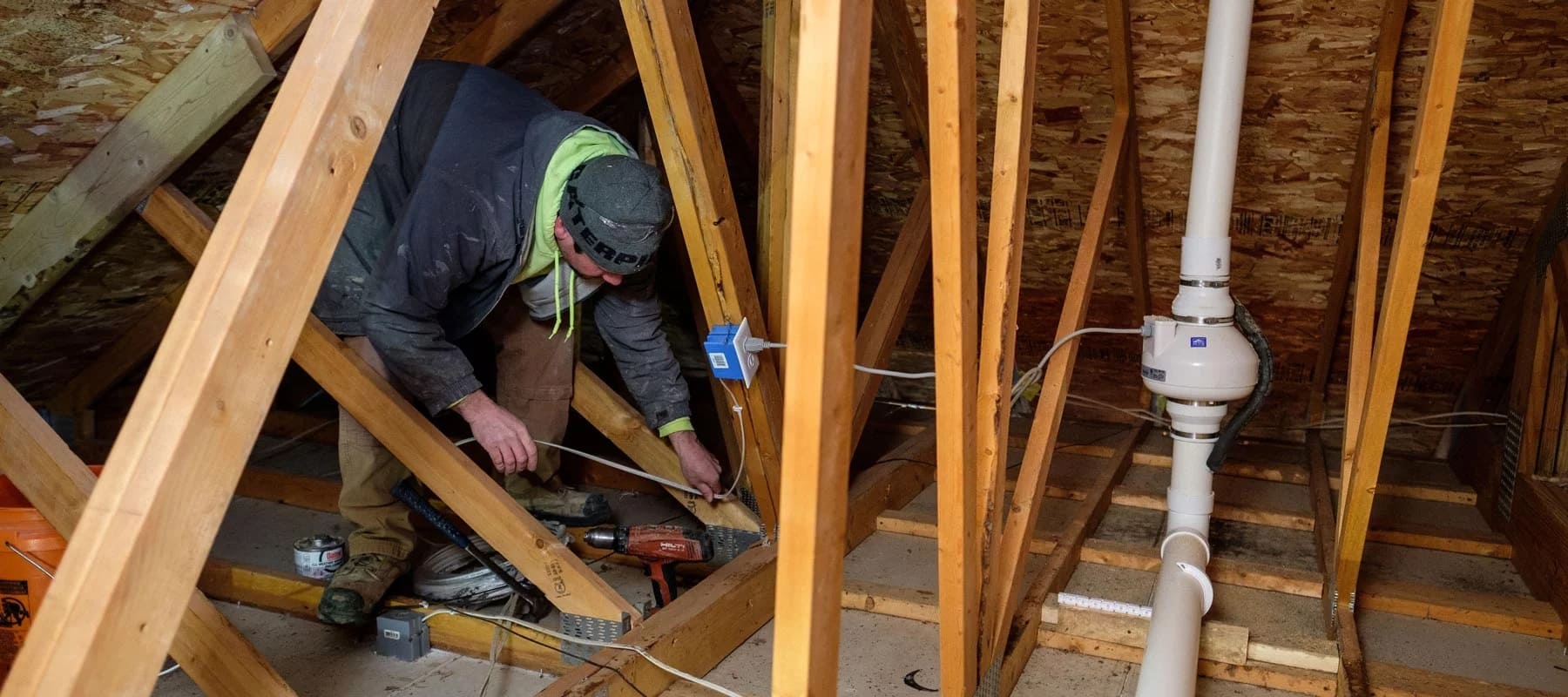
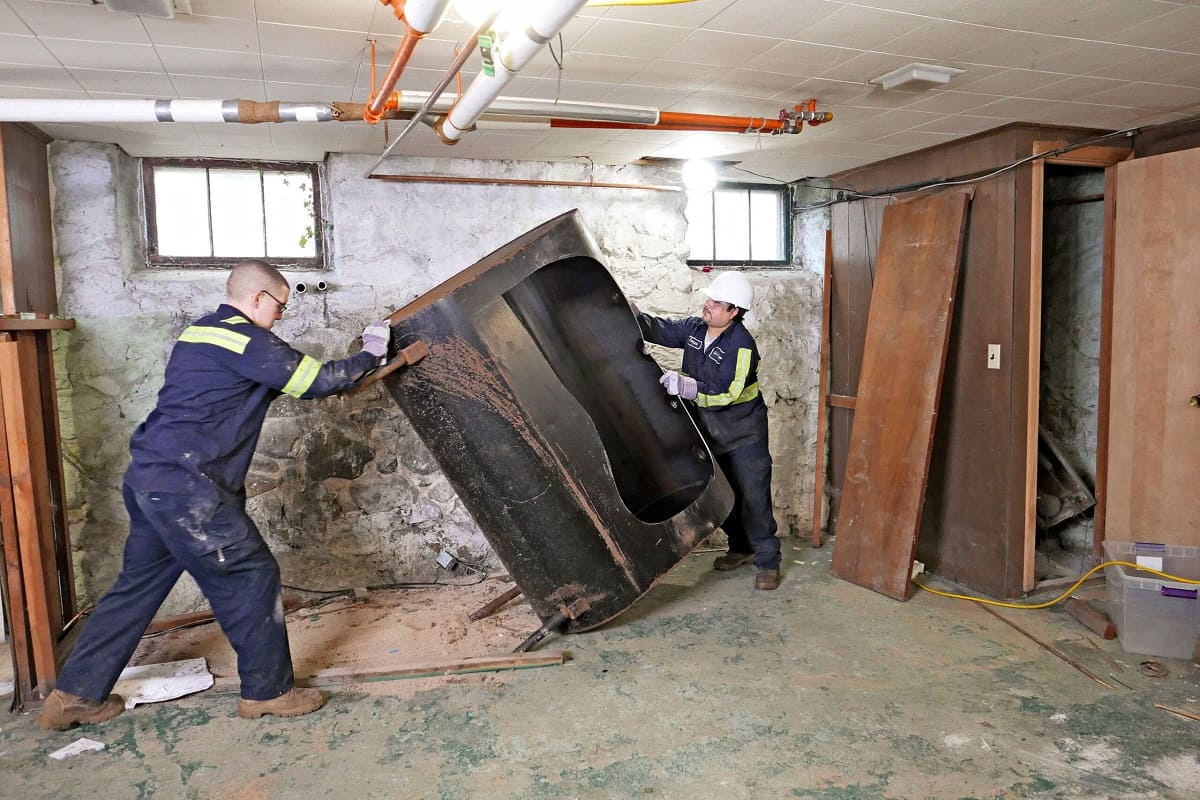
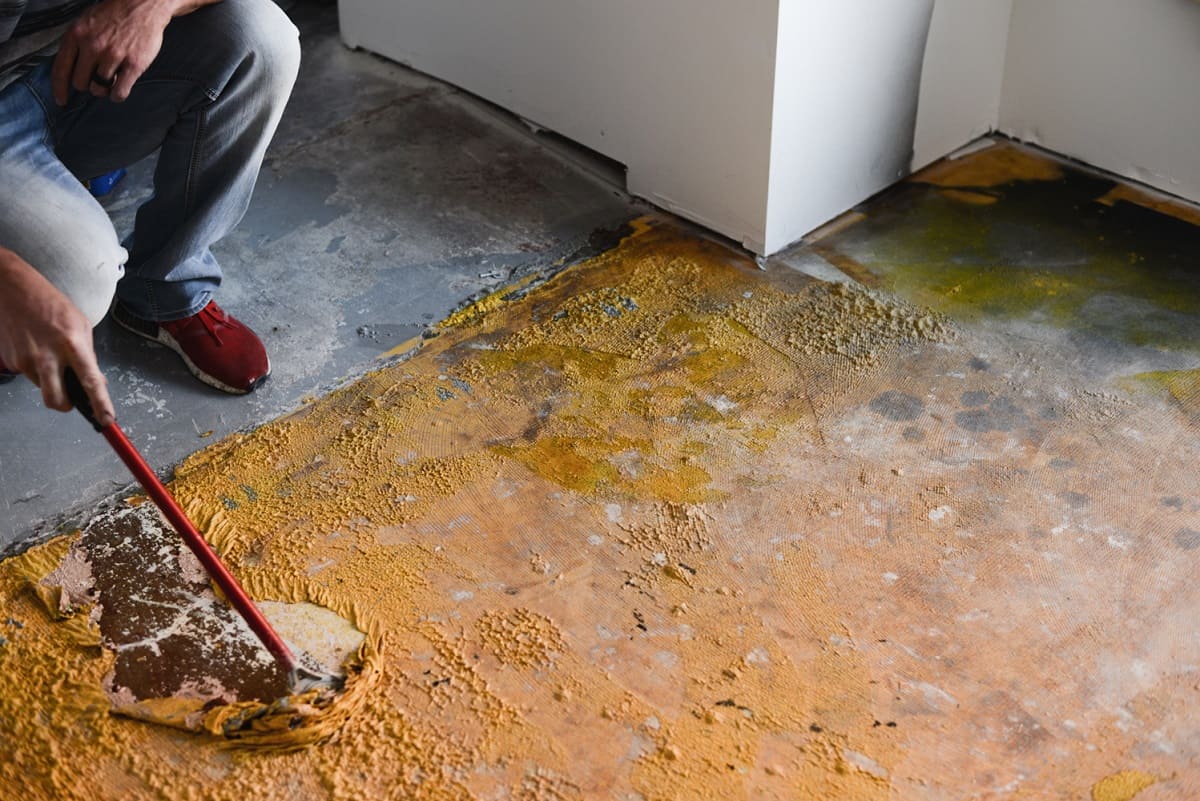
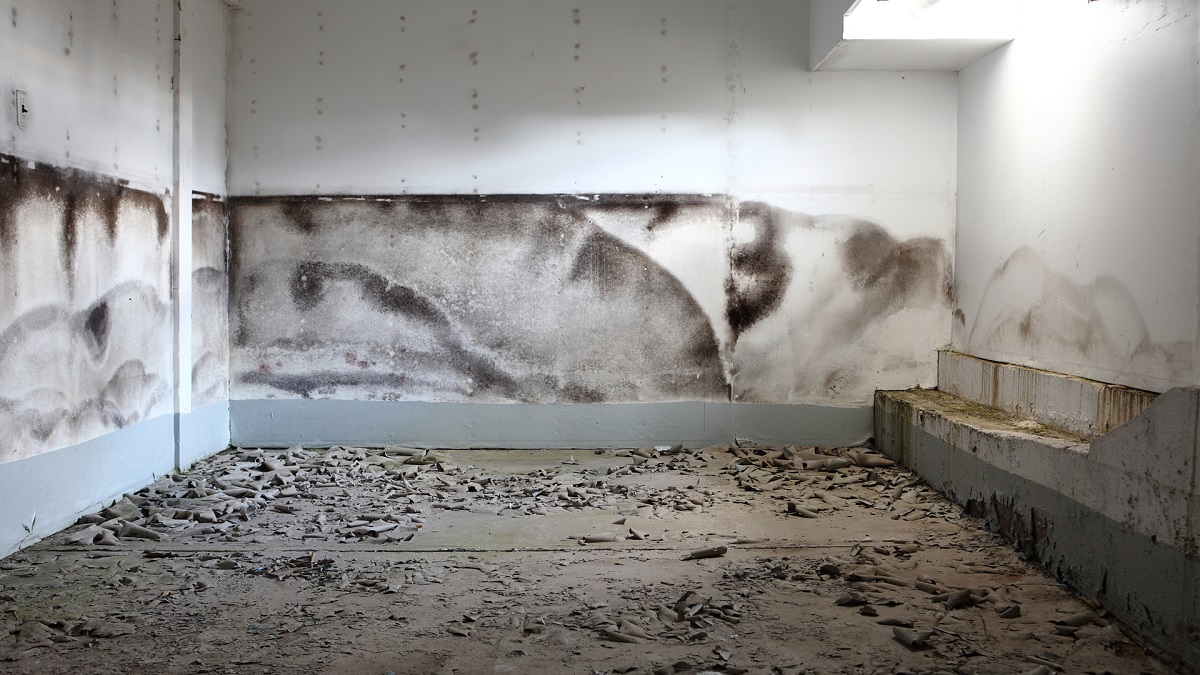
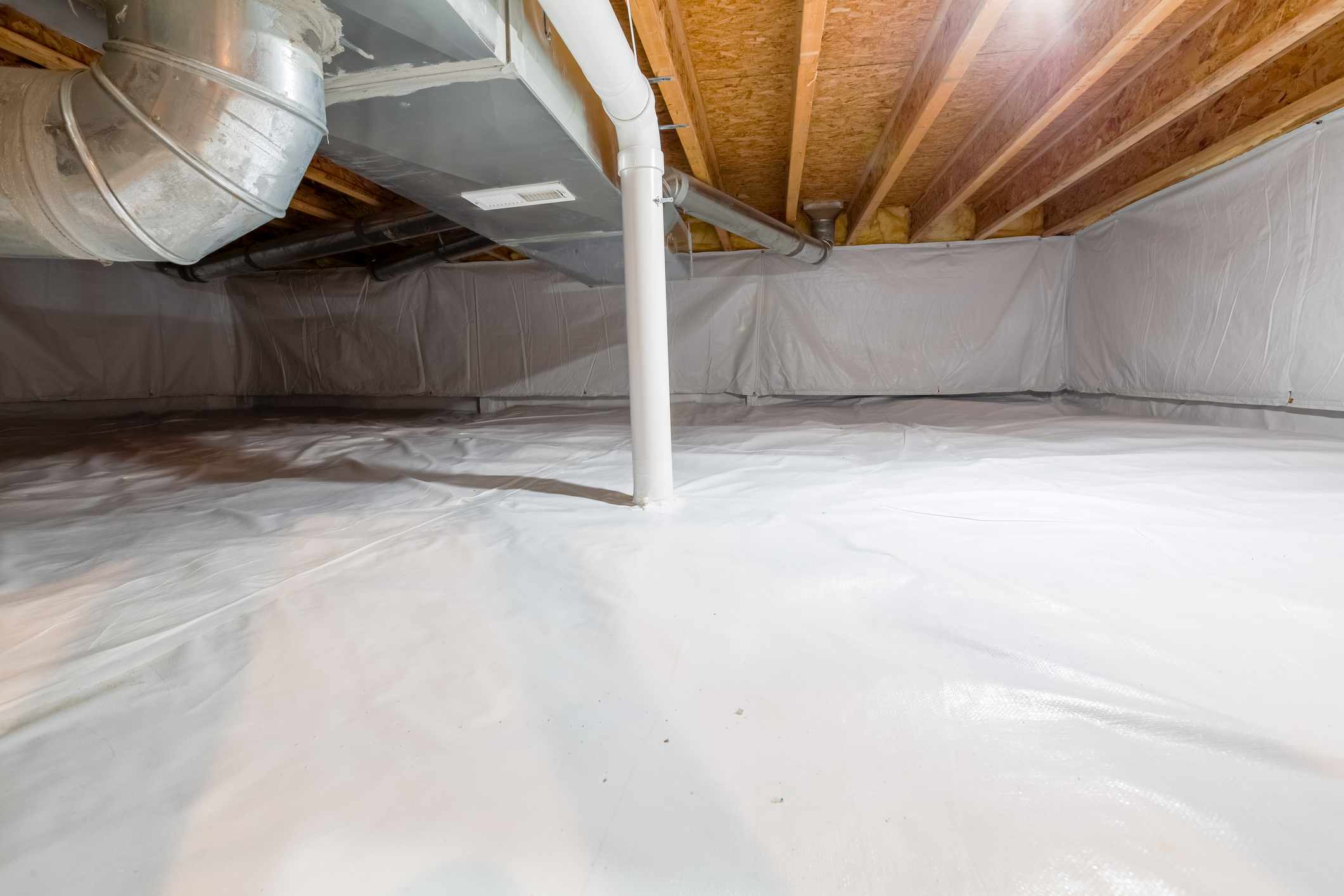
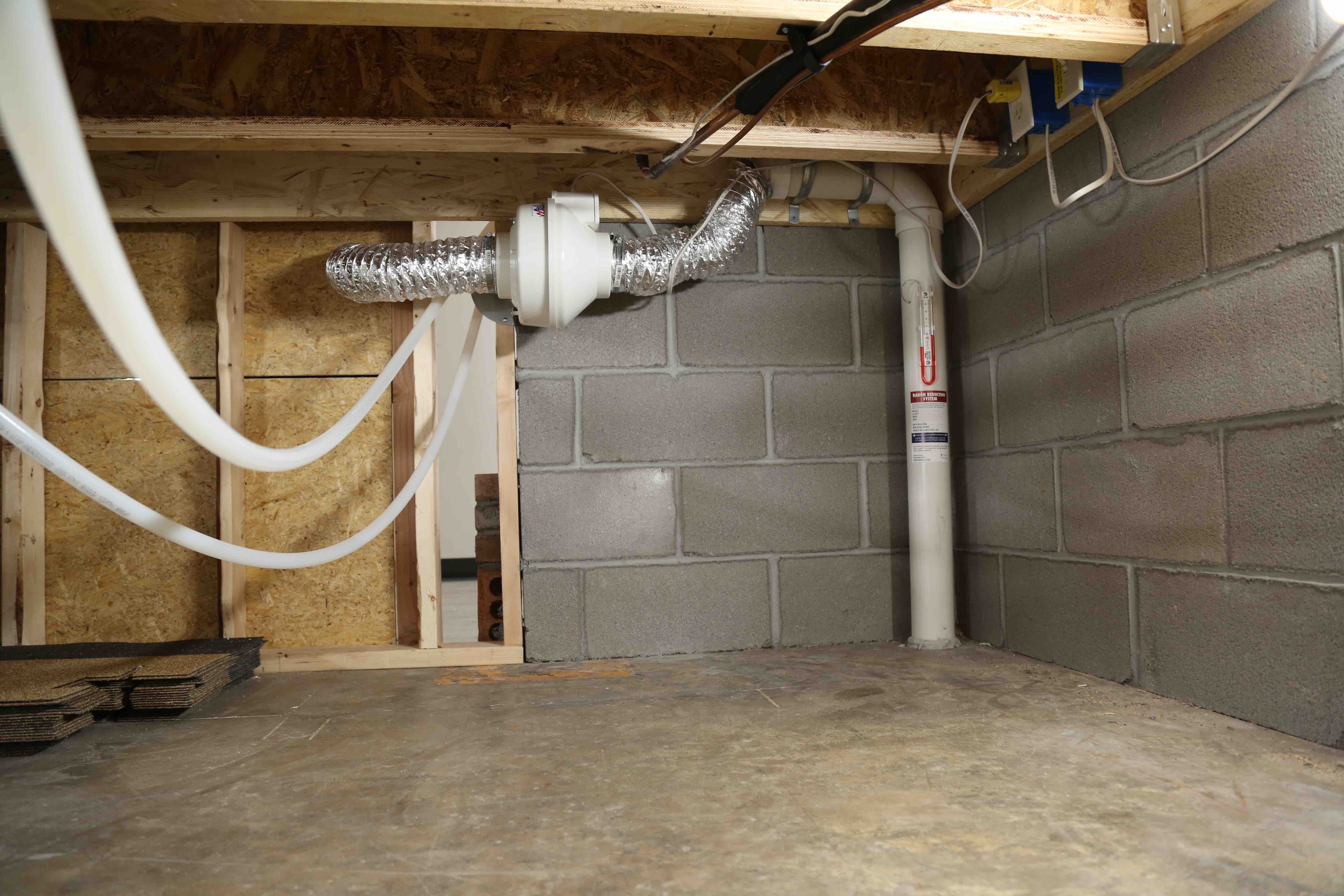
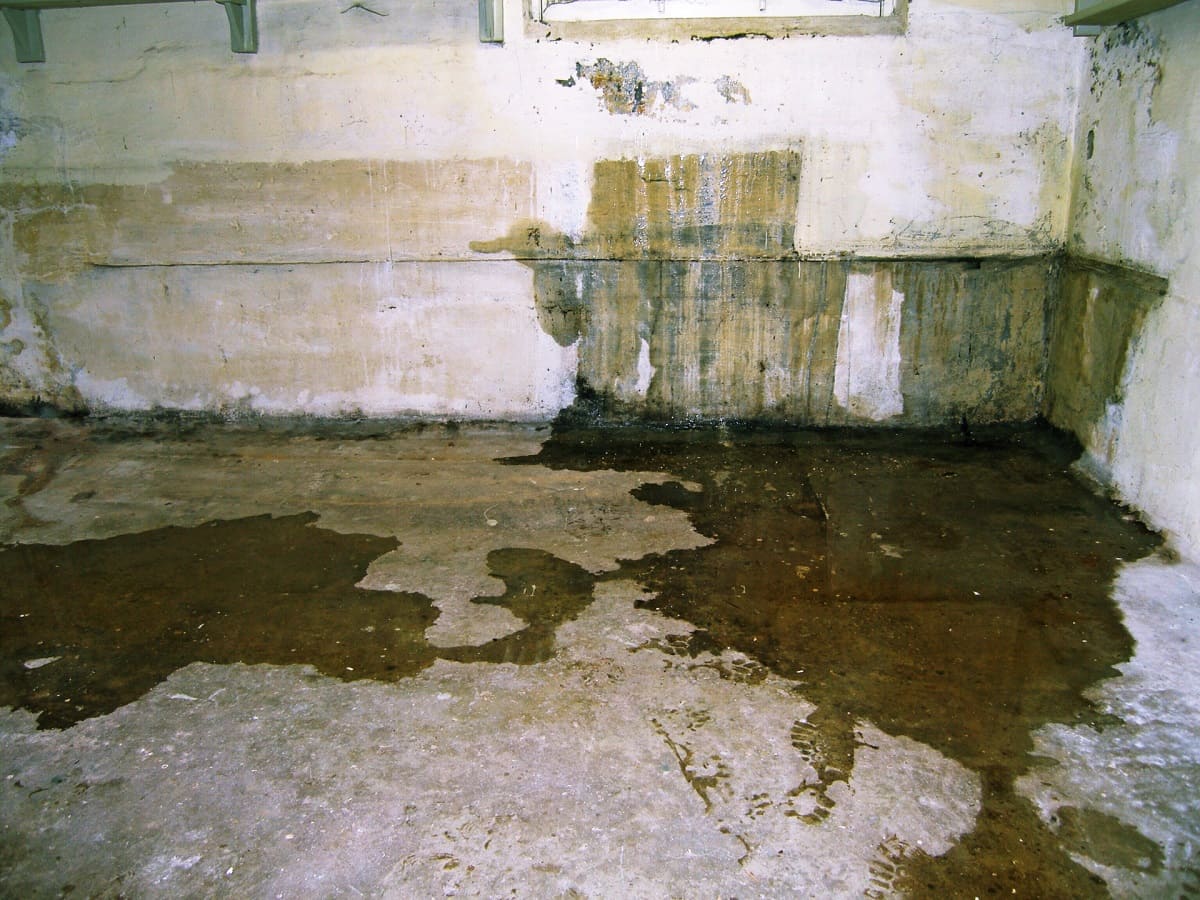
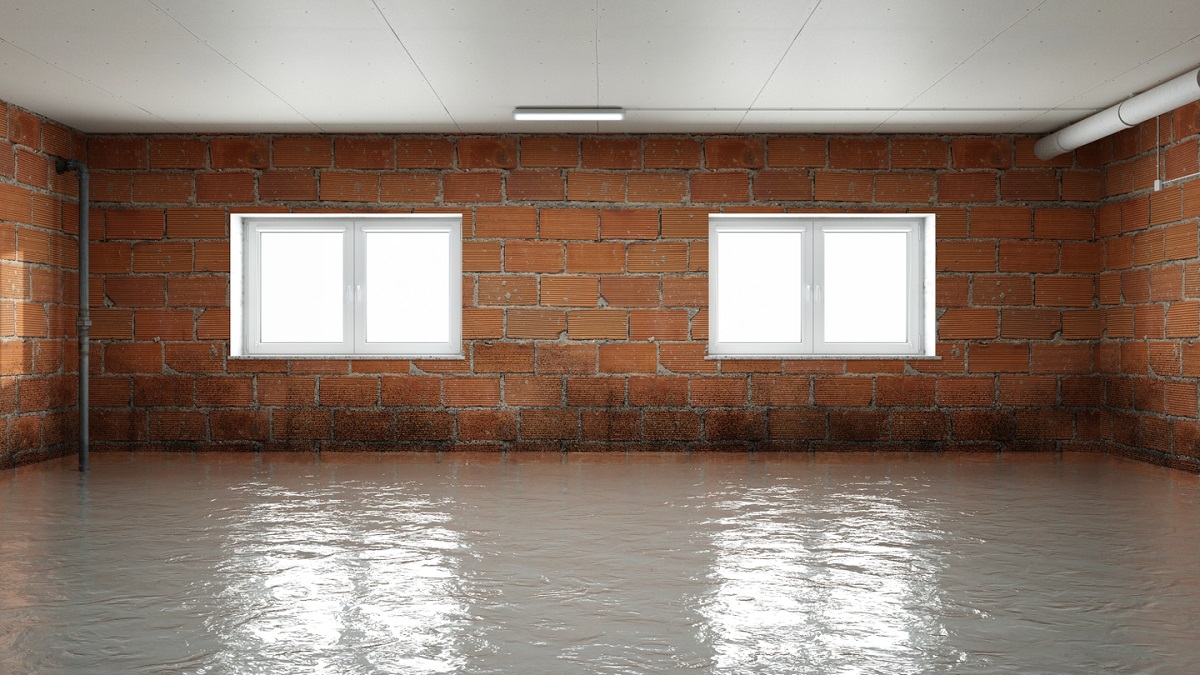

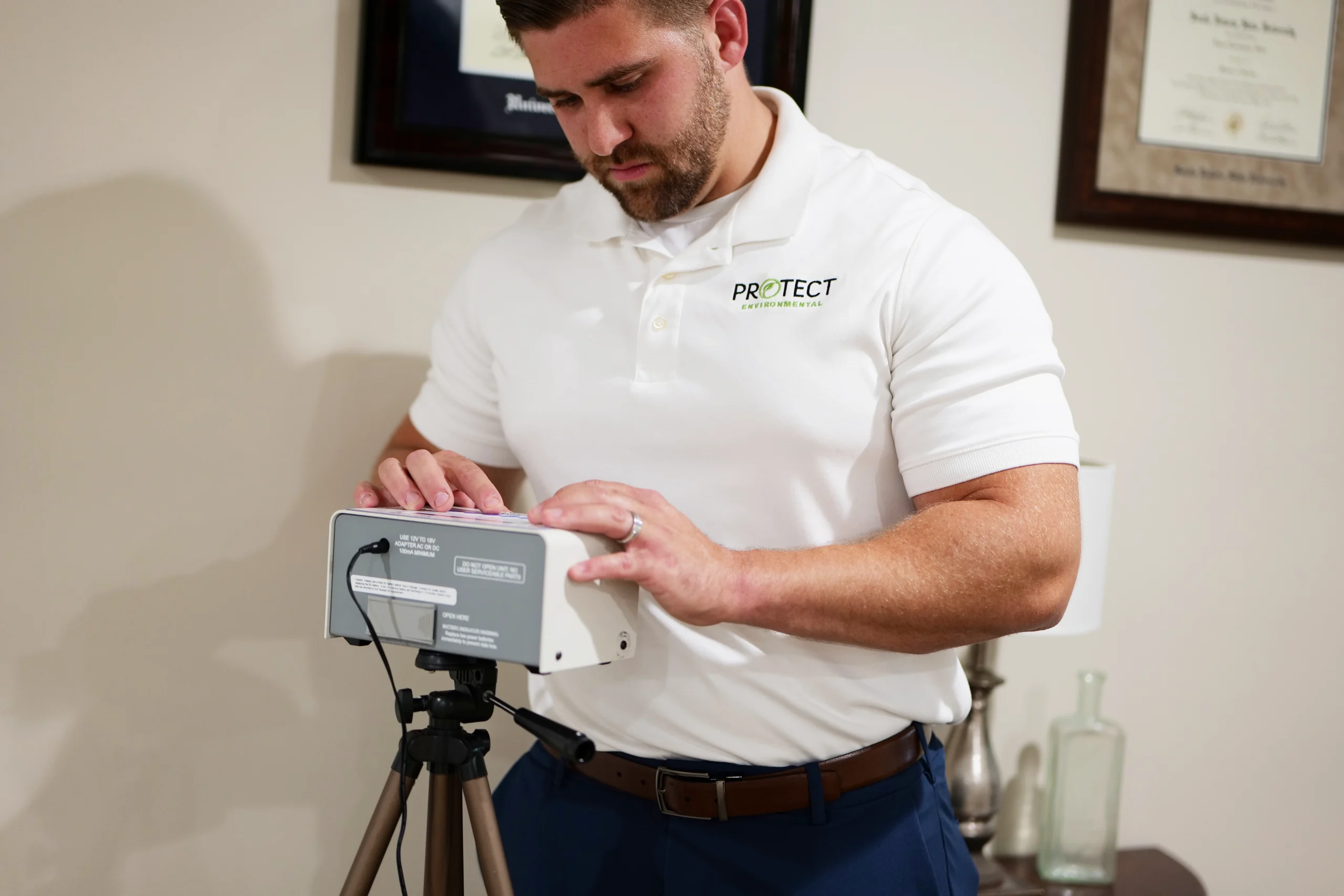
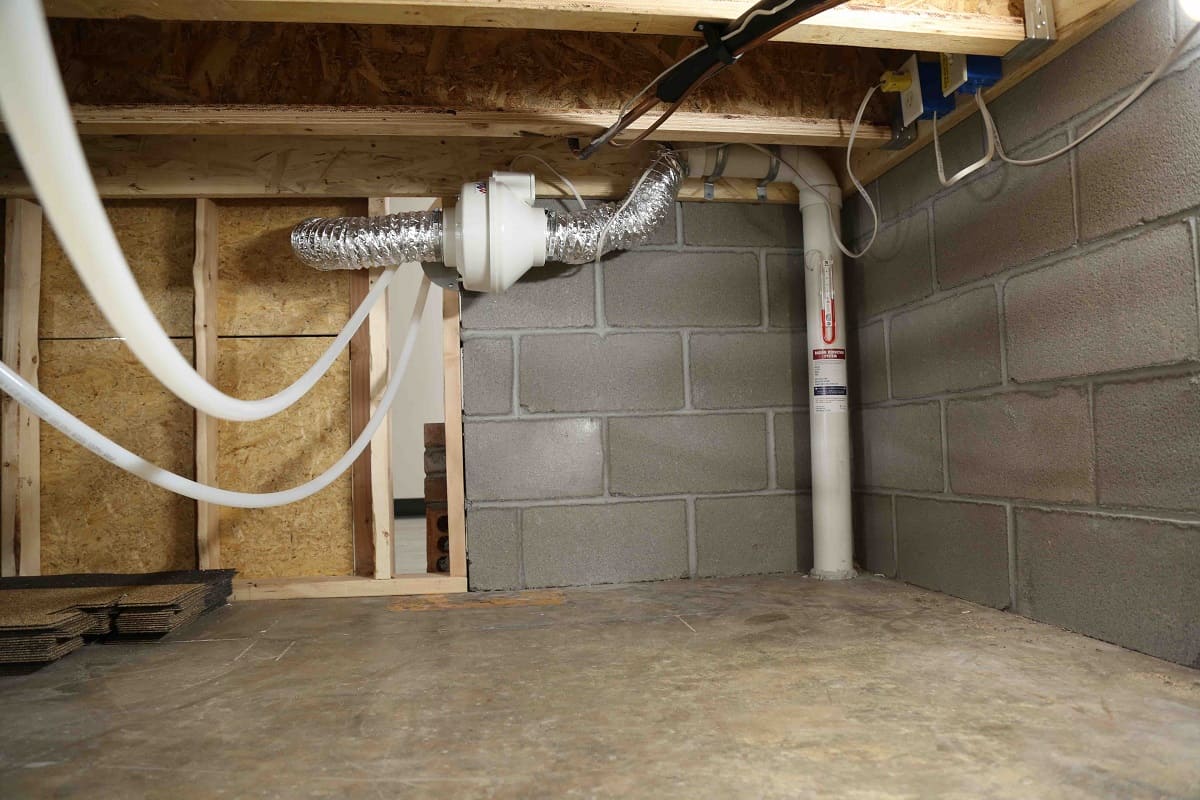
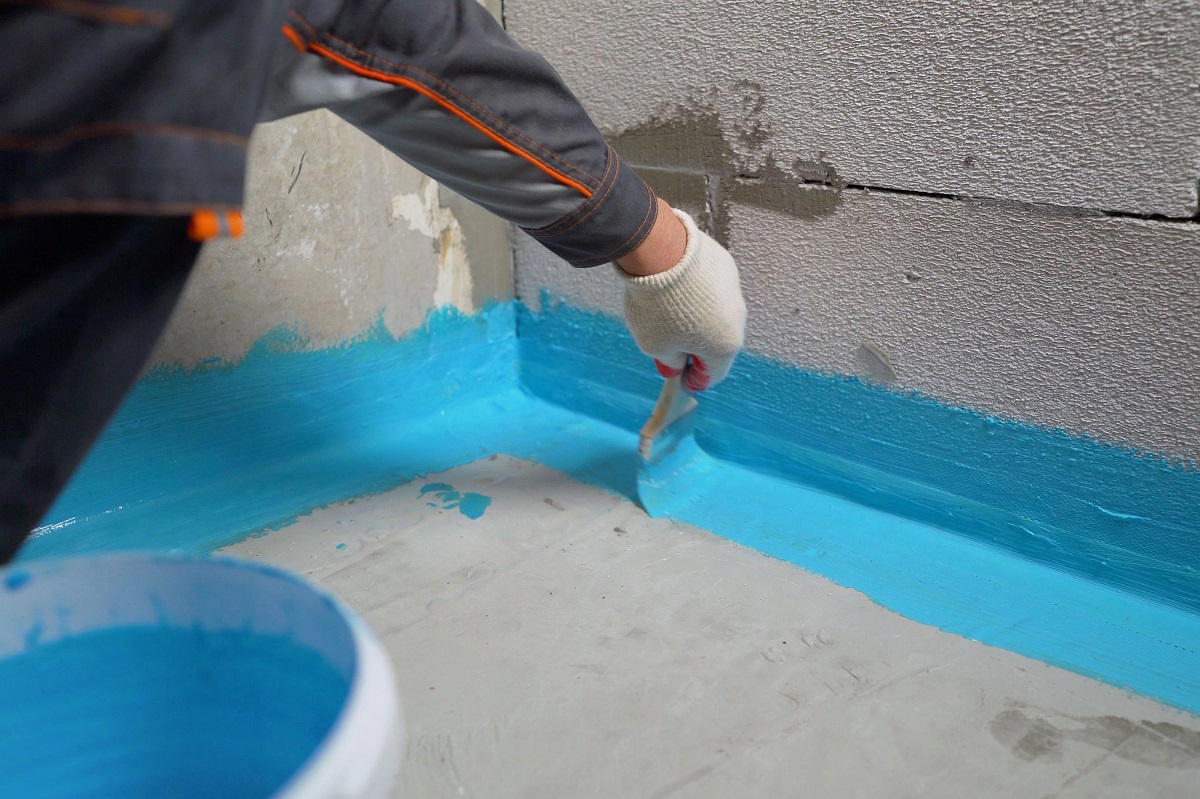
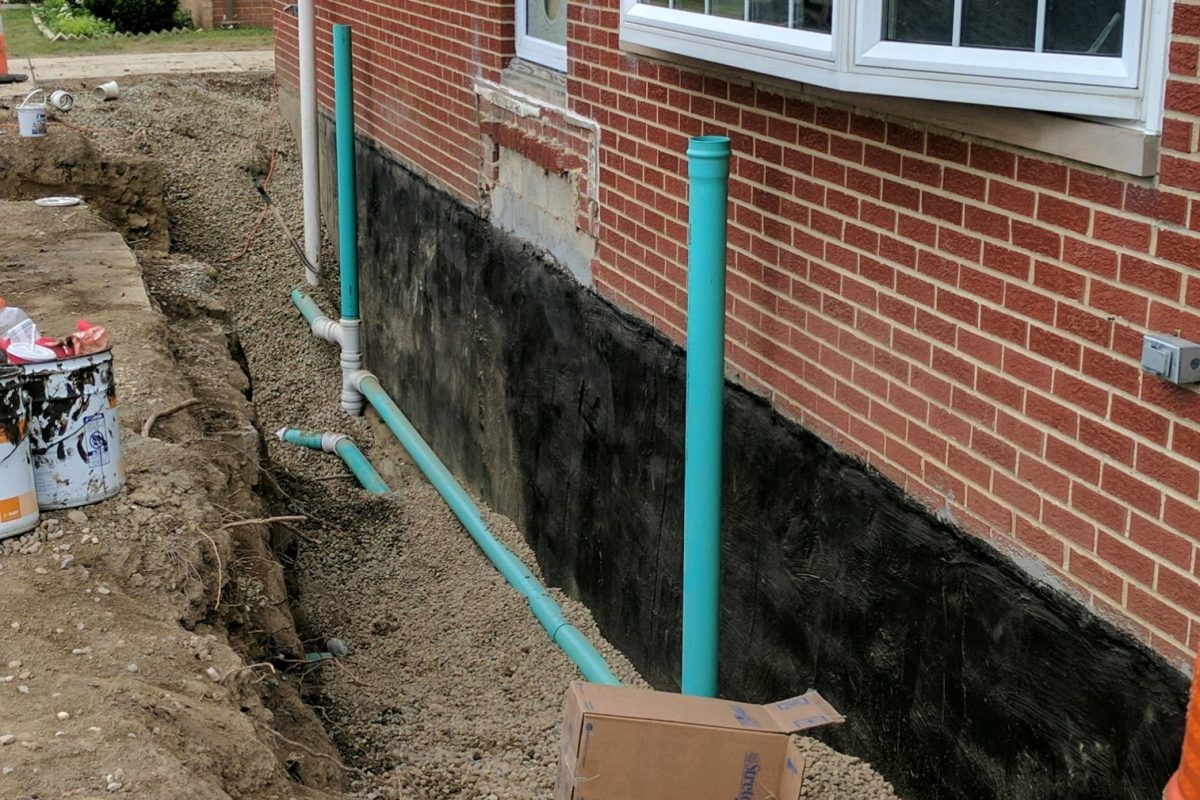


0 thoughts on “How To Remove Radon From Basement”